It would be no understatement to suggest that the compact crossover segment is one of the most important in the UK car market. With the continued decline in sales of traditional supermini hatchback models, these high-rise alternatives are proving ever more popular with buyers seeking affordable and relatively practical transport on a budget.
In many respects, it’s not hard to see the appeal of these machines. That jacked-up suspension confers just a little extra visibility, while the tough-looking externals give them more than a smidge of active lifestyle street cred. And because many compact crossovers sit in a slightly bigger footprint than existing small car alternatives, there’s even a little more space inside for people and things. In fact, many encroach upon the class above when it comes to family friendly versatility.
As a result, there are plenty of models to choose from, with pretty much every major player offering a small five-door hatch with a distinctly SUV flavour. There’s even a wide ride of powertrains too, from old internal combustion to all-electric.
Until recently, however, there weren’t many that would get a keen driver’s juices flowing - the combination of a higher centre of gravity and the modest margins in a small and affordable car meant that the emphasis was usually on everyday usability rather than emotional uplift. Yet as new arrivals hit showrooms this is changing, with a handful of compact crossovers proving genuinely entertainingSo, here are our ten favourites of this increasingly popular breed.
1. Ford Puma
Ford wasn’t exactly late to the compact crossover party, but its first offering, the EcoSport, felt like a half-hearted toe-in-the-water exercise. Designed and built in Brazil for emerging markets, this gawky machine felt a little cheap, featured some glaring packaging flaws and was fairly tardy to drive, despite being based on the same platform as the sharp handling sixth generation Fiesta.
So Ford took no chances with its replacement, even if using the Puma name resulted in fans of the brand’s pert late Nineties coupe getting their knickers in a twist. And while there’s no denying a compact crossover can’t tug at the heart strings like a sleek driver focussed pocket rocket, the reimagined Puma distils enough of its namesake’s dynamic sparkle to forgive Ford’s marketing department’s choice of moniker.
Once again, it shares its underpinnings with the Fiesta (the current seventh generation machine), which means quick steering, surprising agility and faithful grip, allowing you to slice through corners with surprising accuracy and poise. Better still, on cooking versions the damping is particularly fluent and skilfully tuned, allowing for strong comfort and refinement. Power comes from a trio of 1.0-litre turbocharged petrol engines, with 48V mild-hybrid technology enabling the top-level version to produce up to 125bhp.

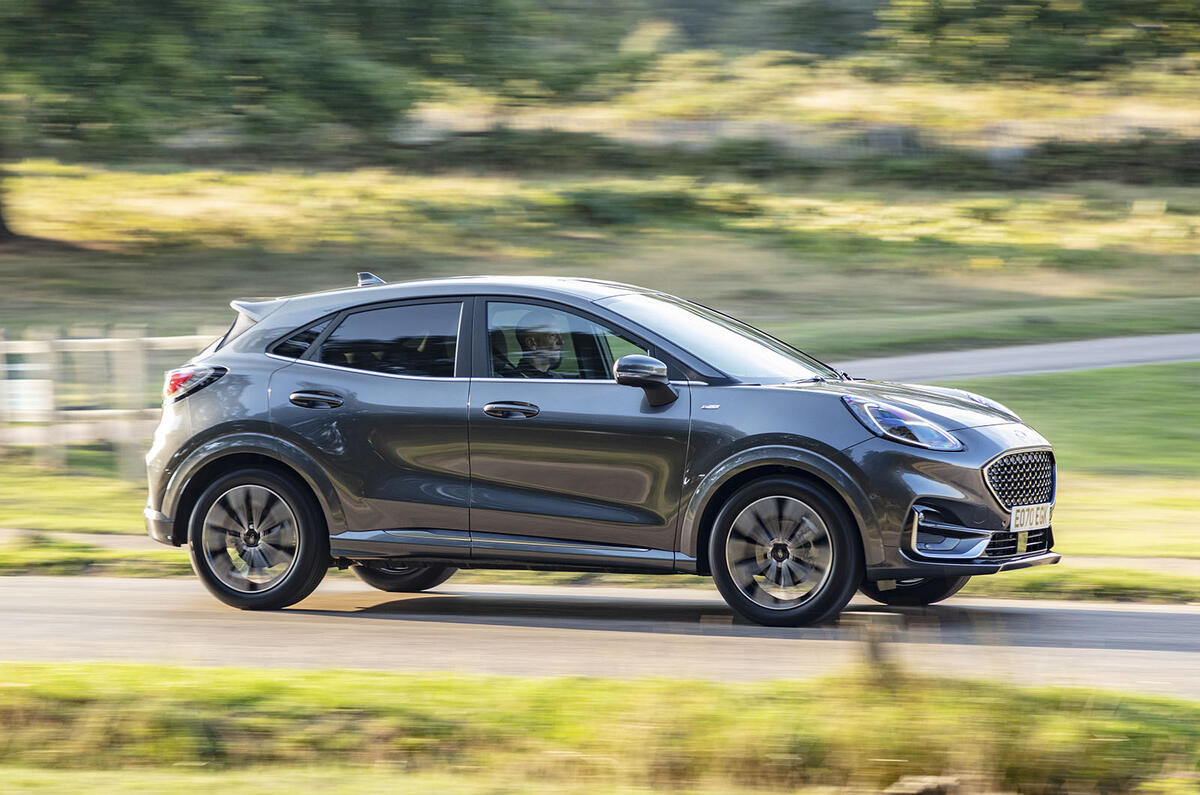
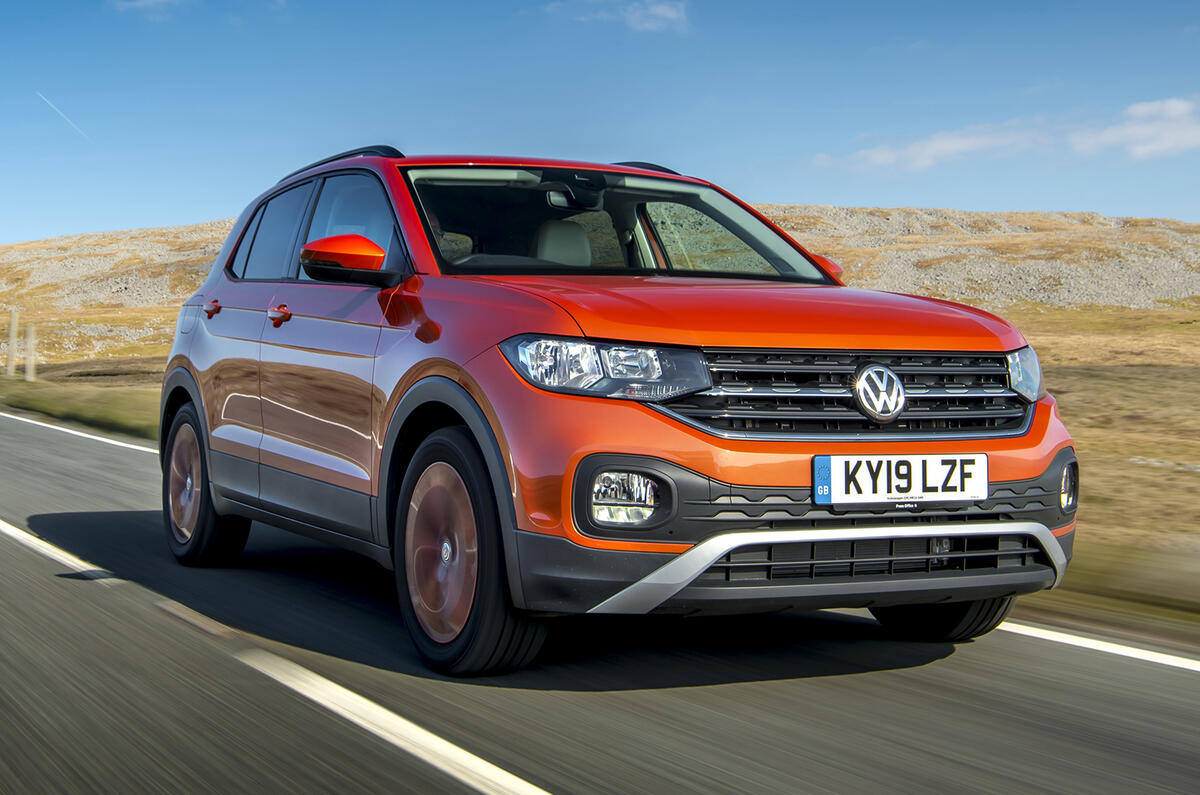
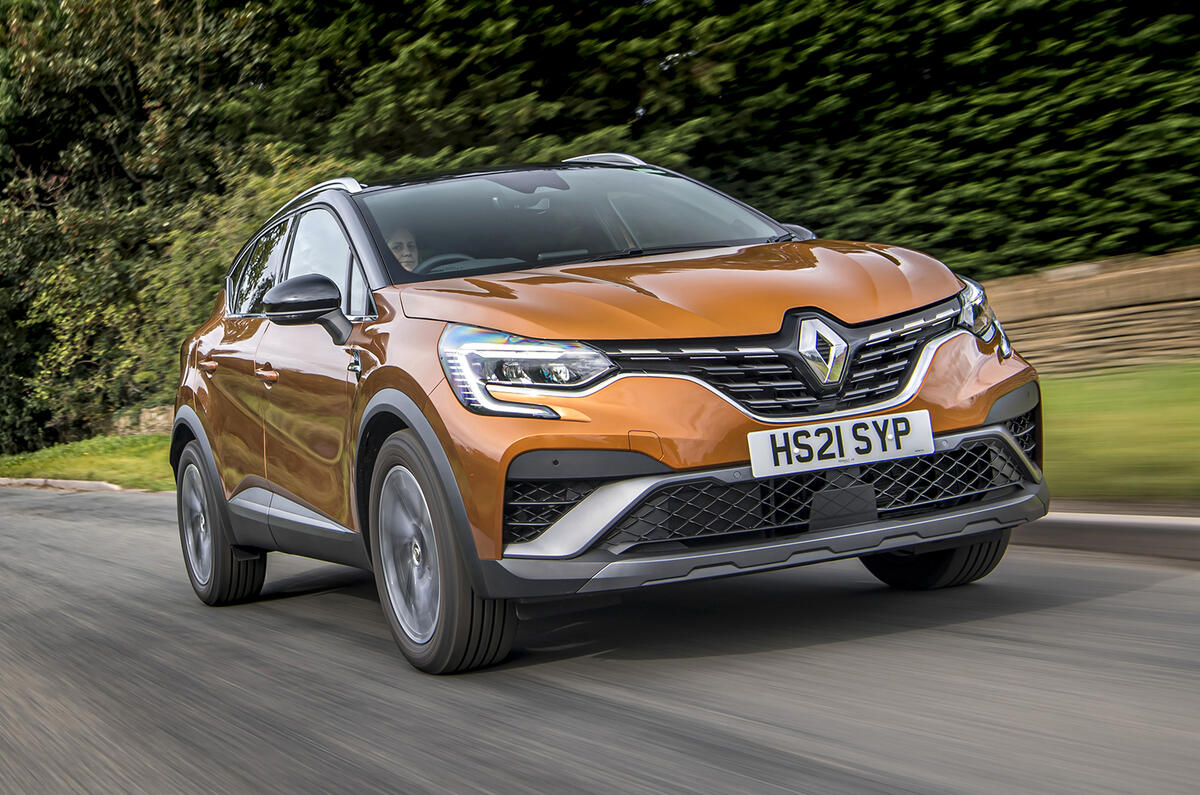
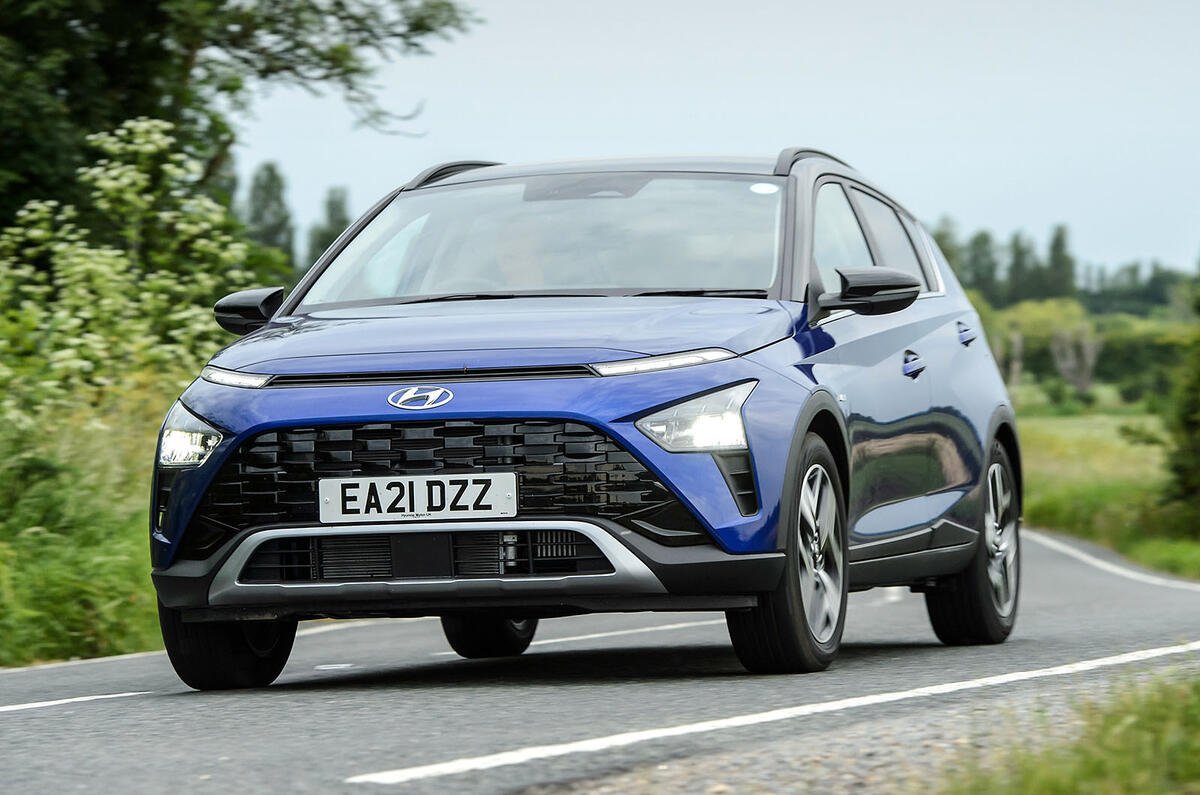
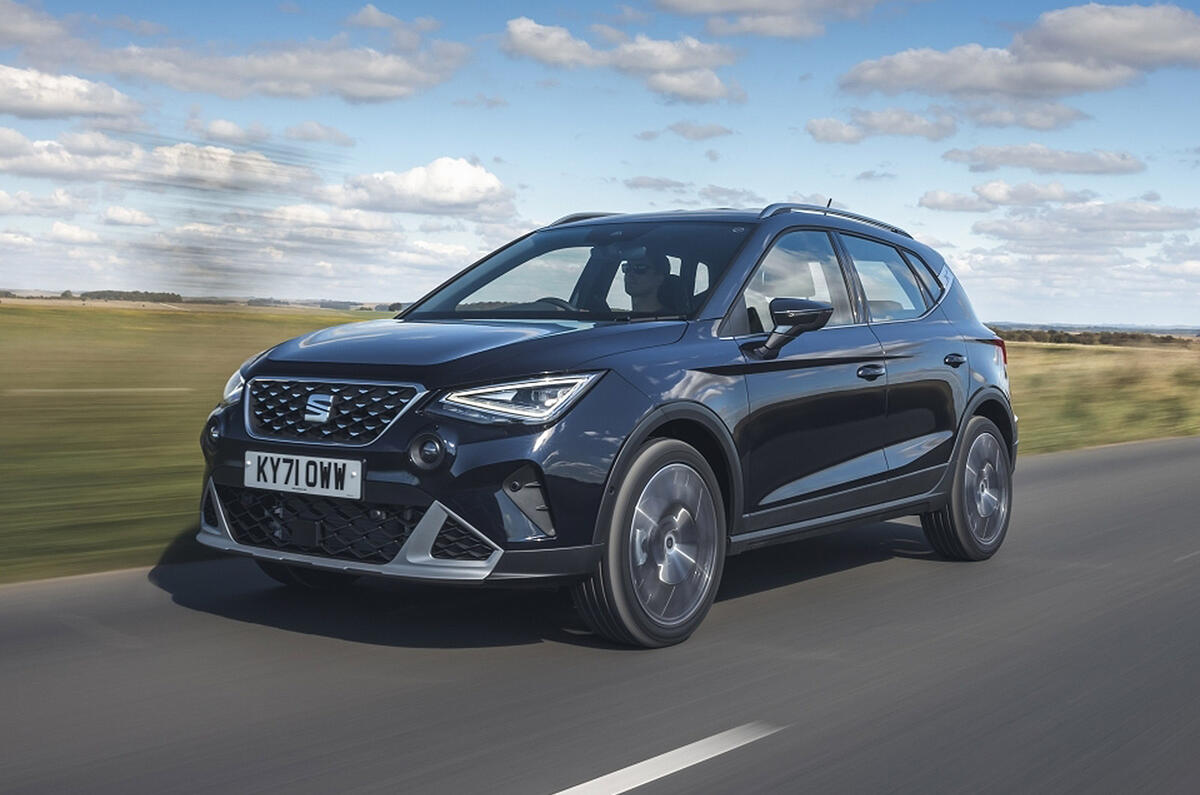
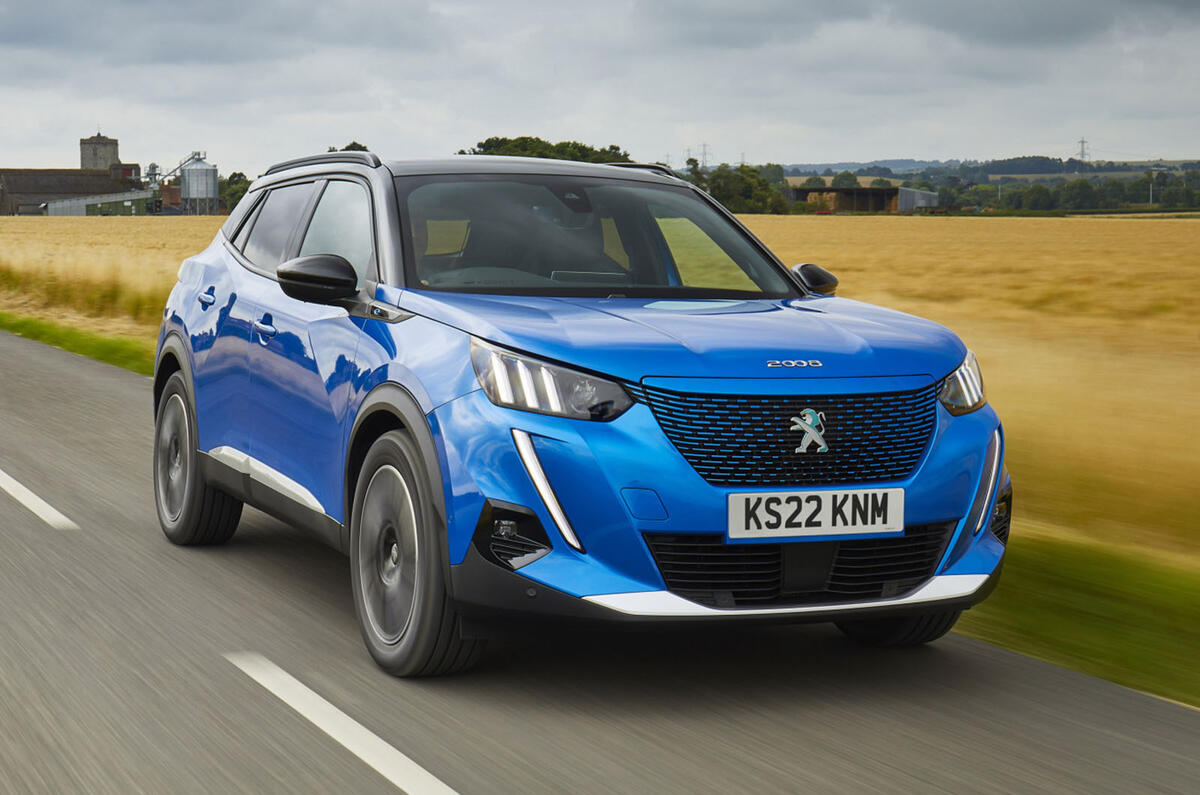
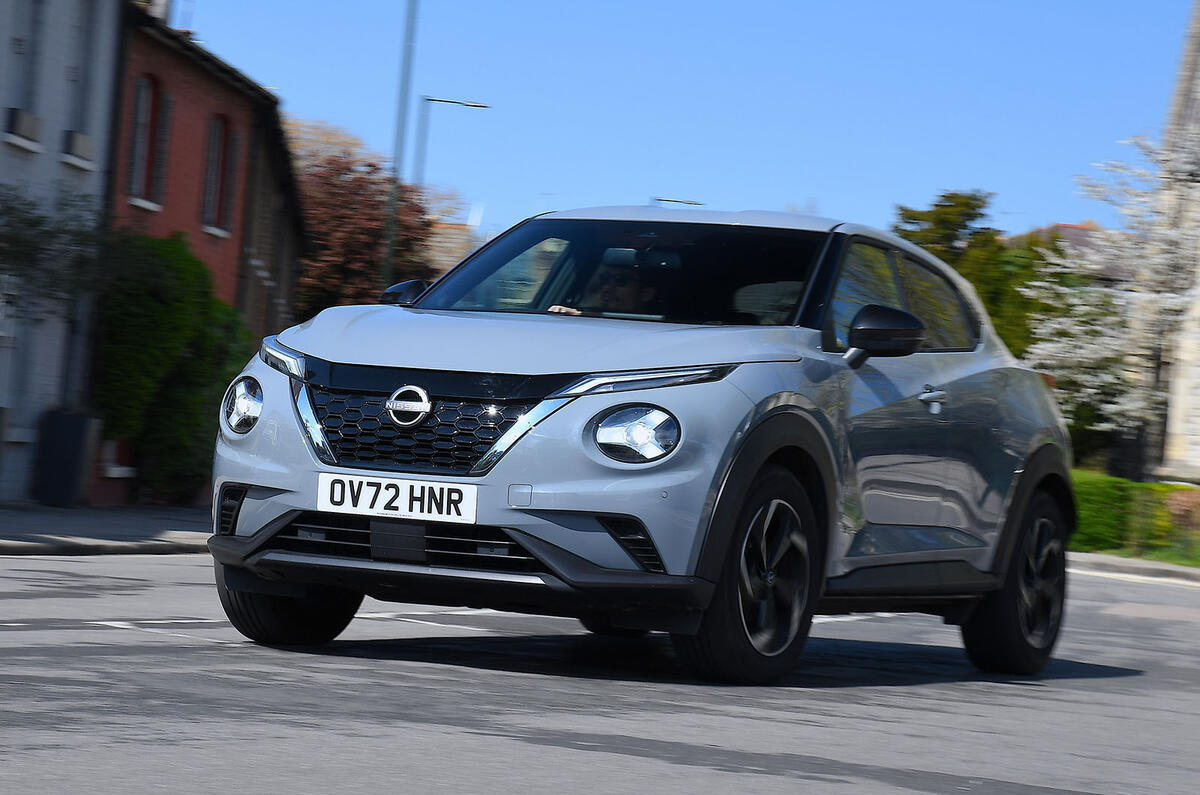
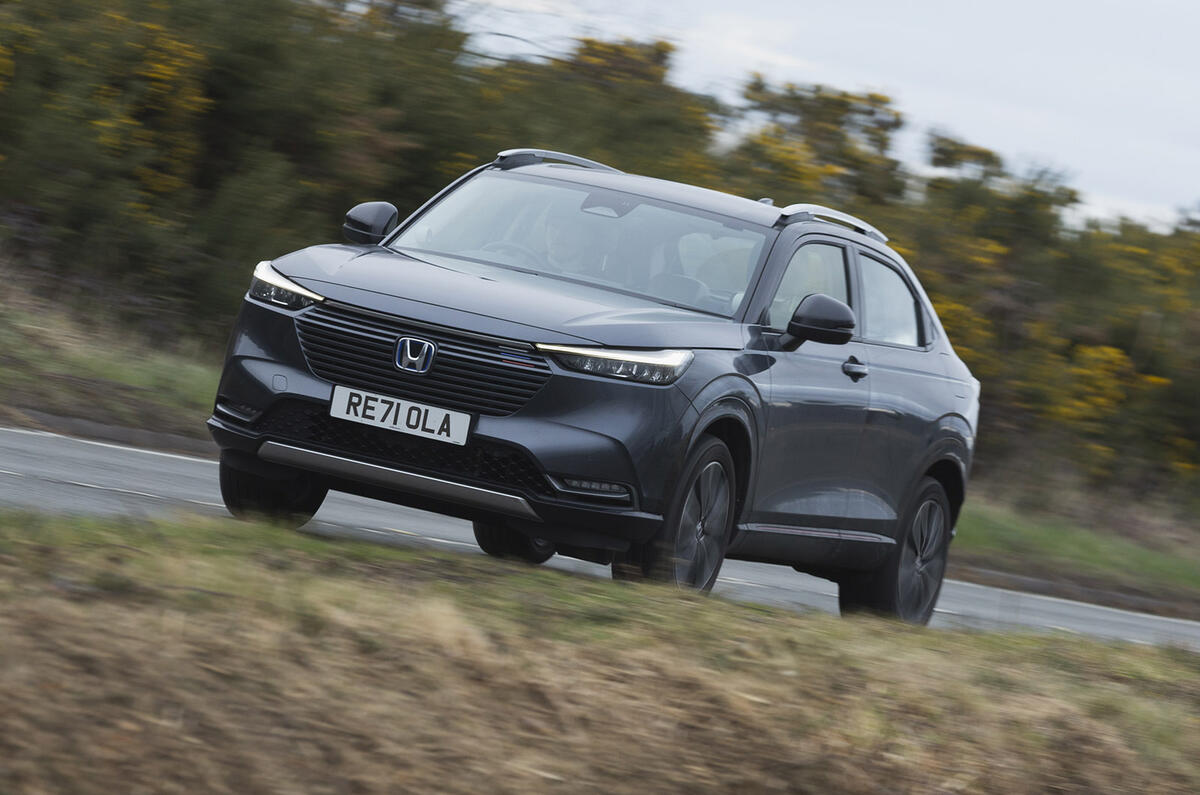
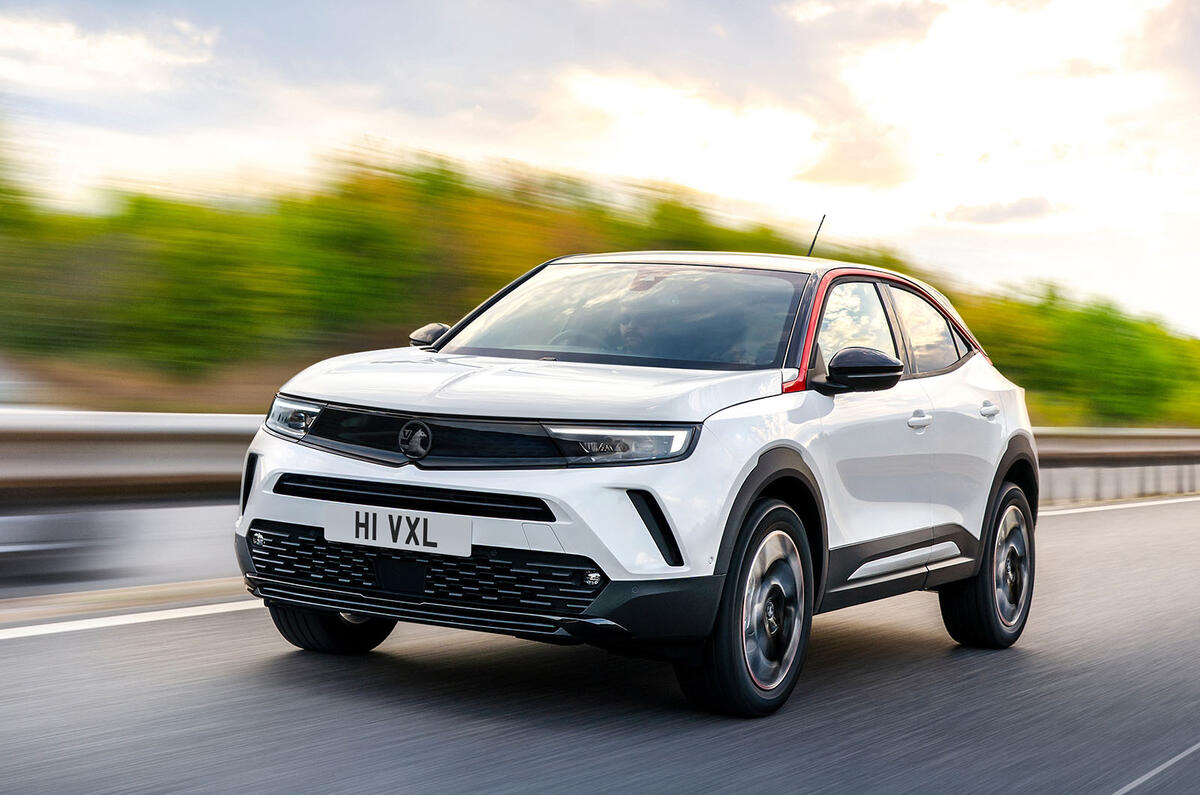
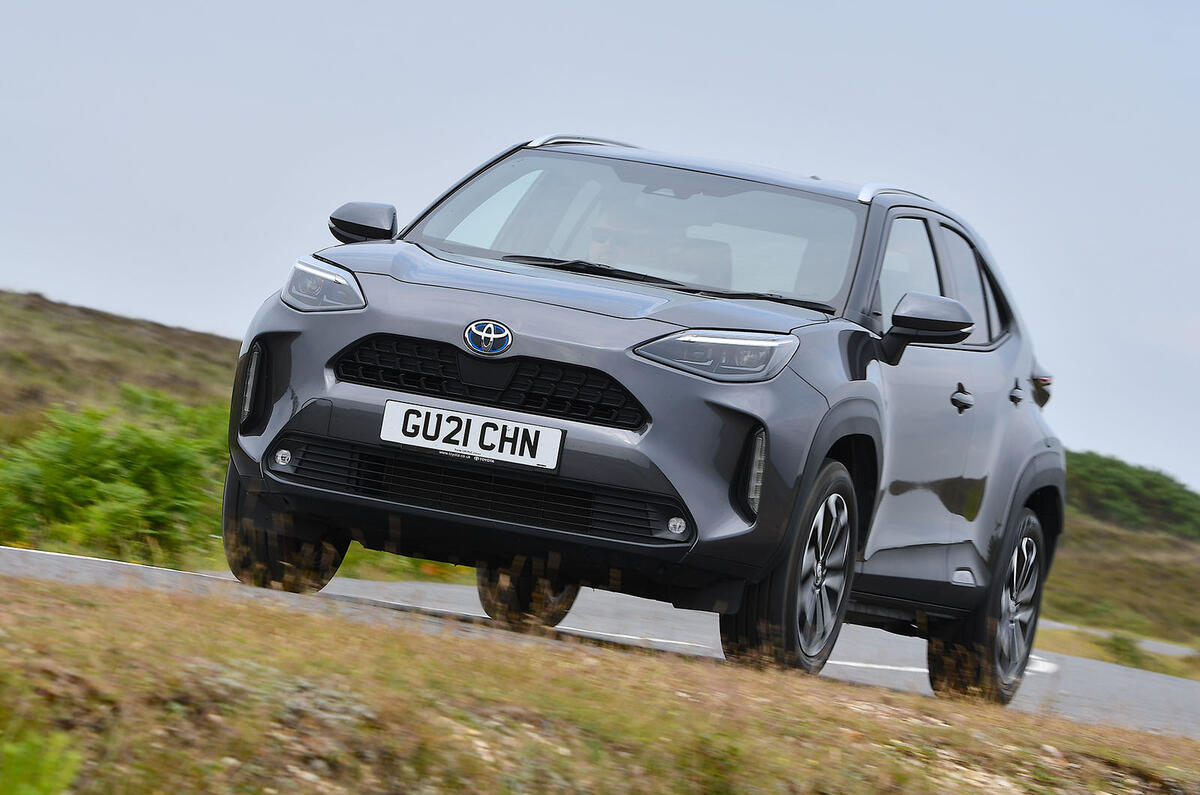
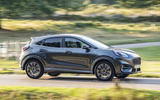
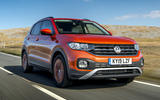

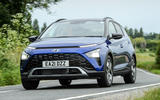
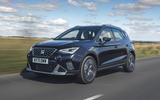
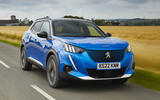
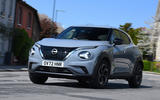
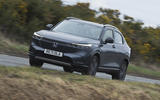
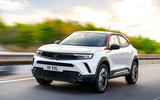
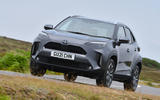


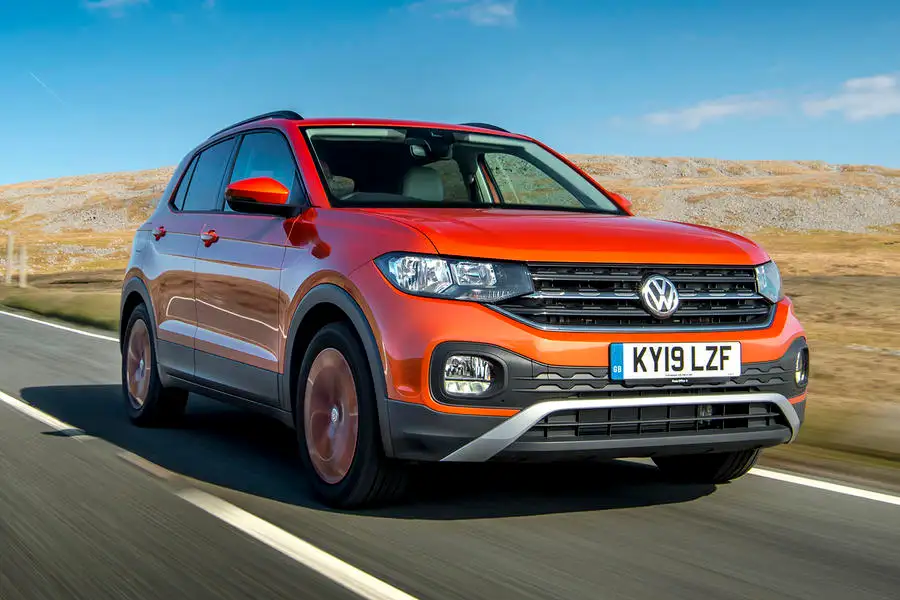
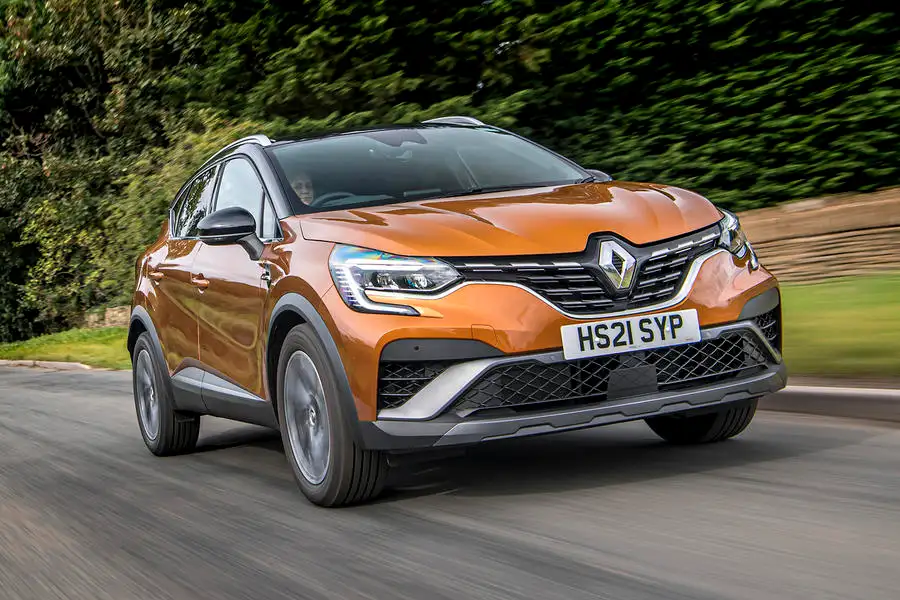
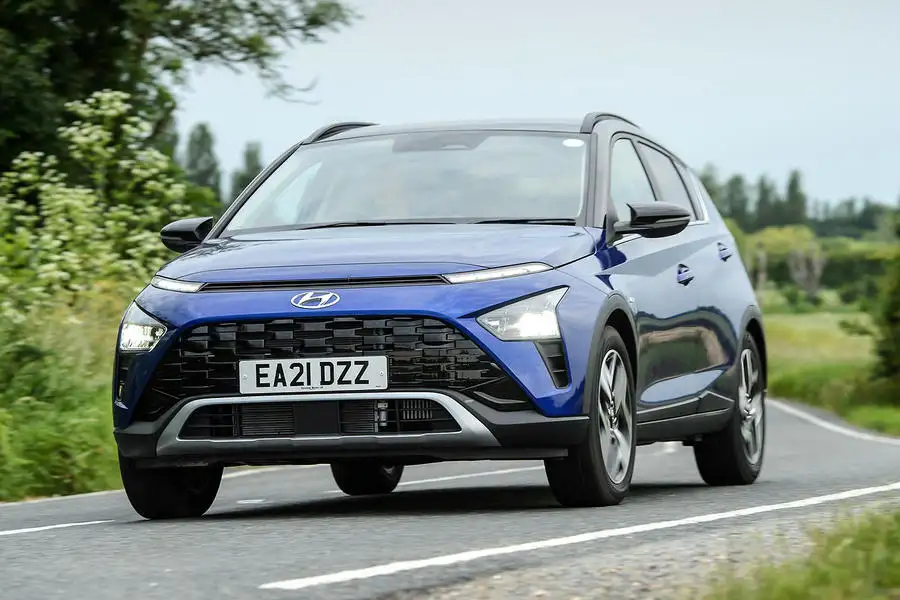
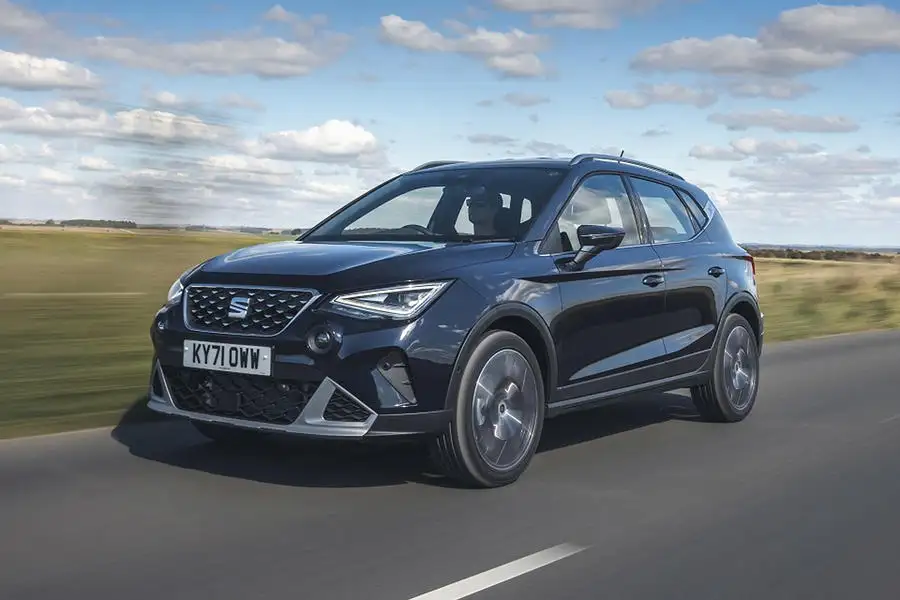
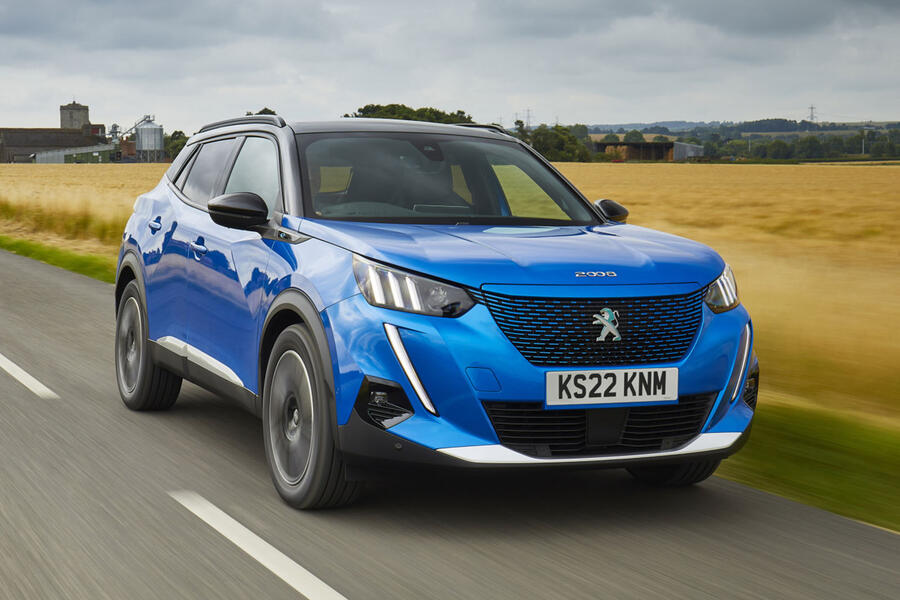
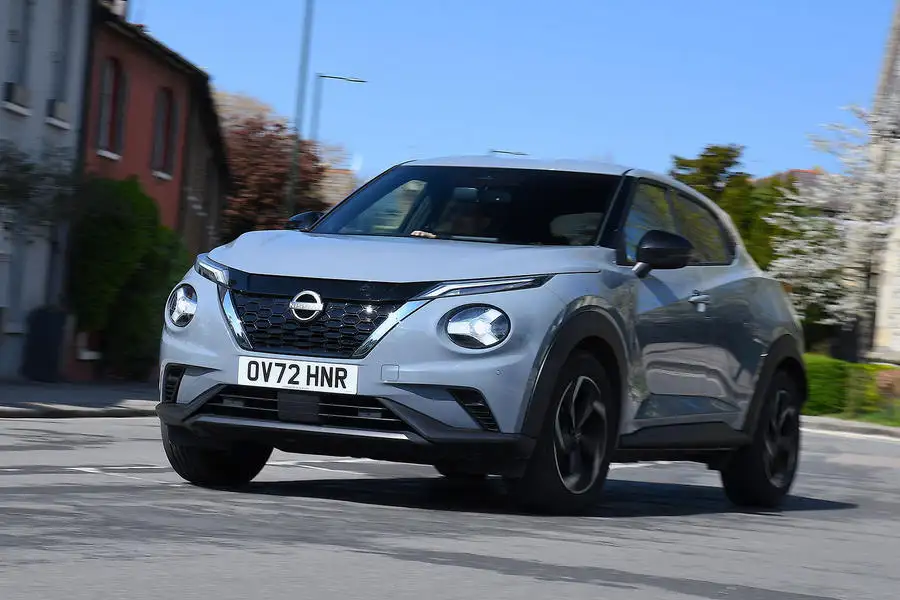
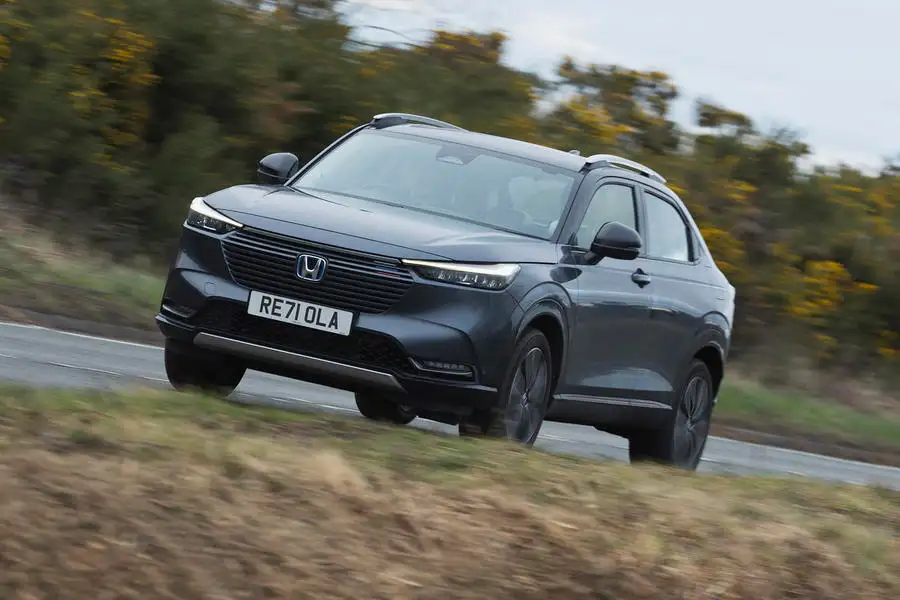
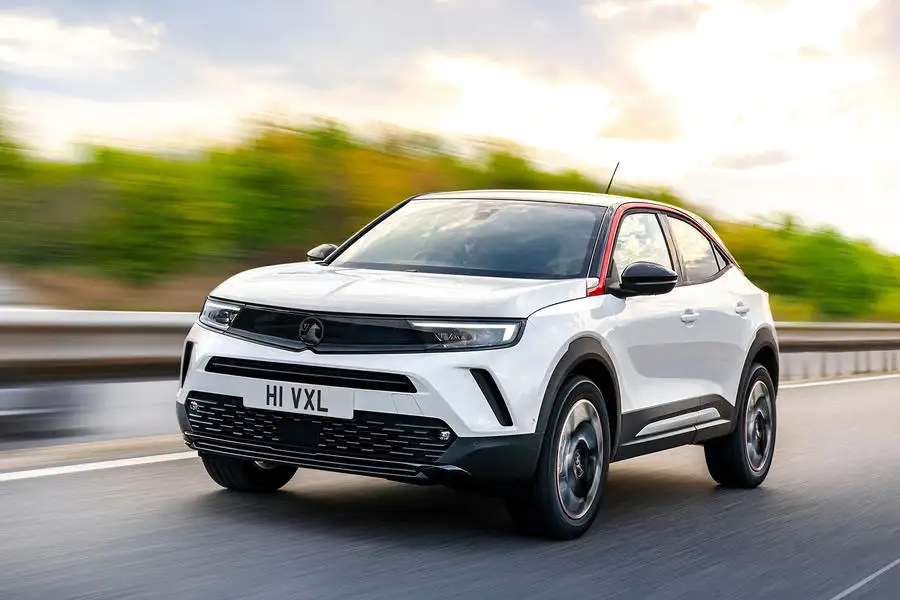
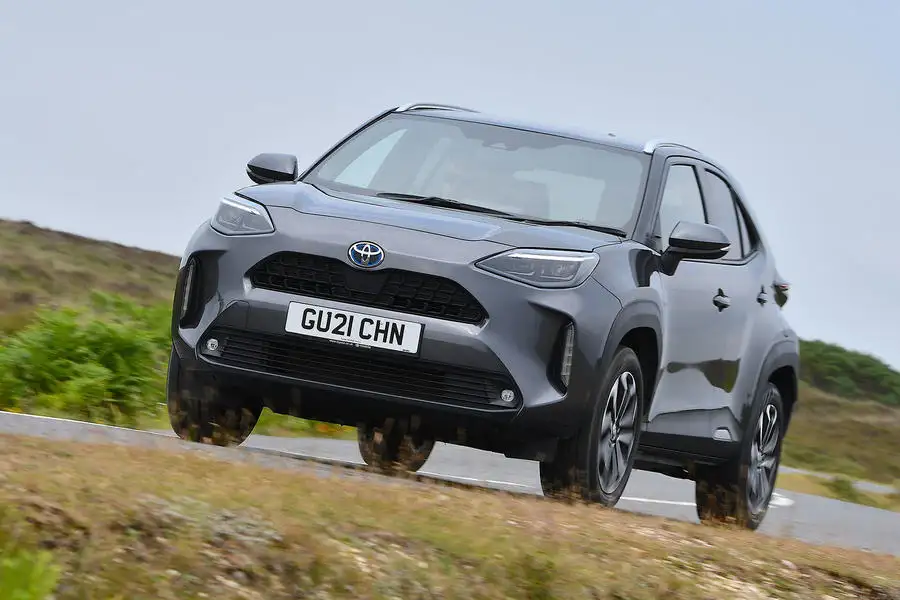






Join the debate
Add your comment
Hunting Clash: Juego de cazaSuper Hero Flying SchoolTN CM Helpline CitizenJobstreet: Smart job matchingYandex Weather & Rain RadarPraise & Worship Songs: GospelWavy Wallpapers네이버 카페 - Naver CafeU-NEXT/ユーネクスト:映画、ドラマ、アニメなどが見放題Bíblia para Mulher MP3ZIVPN Tunnel (SSH/DNS/UDP) VPNBagan - Myanmar KeyboardUPN NotasEditor & Cámara - Sweet SelfieTeclado YandexTraducir - traductor camaraIndeed Flexتمام لوحة المفاتيح - العراقimmowelt — Immobilien SucheГДЗ: мой решебникHunting Clash: Juego de cazaSuper Hero Flying SchoolTN CM Helpline CitizenJobstreet: Smart job matchingYandex Weather & Rain RadarPraise & Worship Songs: GospelWavy Wallpapers네이버 카페 - Naver CafeU-NEXT/ユーネクスト:映画、ドラマ、アニメなどが見放題Bíblia para Mulher MP3ZIVPN Tunnel (SSH/DNS/UDP) VPNBagan - Myanmar KeyboardUPN NotasEditor & Cámara - Sweet SelfieTeclado YandexTraducir - traductor camaraIndeed Flexتمام لوحة المفاتيح - العراقimmowelt — Immobilien SucheГДЗ: мой решебникHunting Clash: Juego de cazaSuper Hero Flying SchoolTN CM Helpline CitizenJobstreet: Smart job matchingYandex Weather & Rain RadarPraise & Worship Songs: GospelWavy Wallpapers네이버 카페 - Naver CafeU-NEXT/ユーネクスト:映画、ドラマ、アニメなどが見放題Bíblia para Mulher MP3ZIVPN Tunnel (SSH/DNS/UDP) VPNBagan - Myanmar KeyboardUPN NotasEditor & Cámara - Sweet SelfieTeclado YandexTraducir - traductor camaraIndeed Flexتمام لوحة المفاتيح - العراقimmowelt — Immobilien SucheГДЗ: мой решебникHunting Clash: Juego de cazaSuper Hero Flying SchoolTN CM Helpline CitizenJobstreet: Smart job matchingYandex Weather & Rain RadarPraise & Worship Songs: GospelWavy Wallpapers네이버 카페 - Naver CafeU-NEXT/ユーネクスト:映画、ドラマ、アニメなどが見放題Bíblia para Mulher MP3ZIVPN Tunnel (SSH/DNS/UDP) VPNBagan - Myanmar KeyboardUPN NotasEditor & Cámara - Sweet SelfieTeclado YandexTraducir - traductor camaraIndeed Flexتمام لوحة المفاتيح - العراقimmowelt — Immobilien SucheГДЗ: мой решебникHunting Clash: Juego de cazaSuper Hero Flying SchoolTN CM Helpline CitizenJobstreet: Smart job matchingYandex Weather & Rain RadarPraise & Worship Songs: GospelWavy Wallpapers네이버 카페 - Naver CafeU-NEXT/ユーネクスト:映画、ドラマ、アニメなどが見放題Bíblia para Mulher MP3ZIVPN Tunnel (SSH/DNS/UDP) VPNBagan - Myanmar KeyboardUPN NotasEditor & Cámara - Sweet SelfieTeclado YandexTraducir - traductor camaraIndeed Flexتمام لوحة المفاتيح - العراقimmowelt — Immobilien SucheГДЗ: мой решебникHunting Clash: Juego de cazaSuper Hero Flying SchoolTN CM Helpline CitizenJobstreet: Smart job matchingYandex Weather & Rain RadarPraise & Worship Songs: GospelWavy Wallpapers네이버 카페 - Naver CafeU-NEXT/ユーネクスト:映画、ドラマ、アニメなどが見放題Bíblia para Mulher MP3ZIVPN Tunnel (SSH/DNS/UDP) VPNBagan - Myanmar KeyboardUPN NotasEditor & Cámara - Sweet SelfieTeclado YandexTraducir - traductor camaraIndeed Flexتمام لوحة المفاتيح - العراقimmowelt — Immobilien SucheГДЗ: мой решебникHunting Clash: Juego de cazaSuper Hero Flying SchoolTN CM Helpline CitizenJobstreet: Smart job matchingYandex Weather & Rain RadarPraise & Worship Songs: GospelWavy Wallpapers네이버 카페 - Naver CafeU-NEXT/ユーネクスト:映画、ドラマ、アニメなどが見放題Bíblia para Mulher MP3ZIVPN Tunnel (SSH/DNS/UDP) VPNBagan - Myanmar KeyboardUPN NotasEditor & Cámara - Sweet SelfieTeclado YandexTraducir - traductor camaraIndeed Flexتمام لوحة المفاتيح - العراقimmowelt — Immobilien SucheГДЗ: мой решебникHunting Clash: Juego de cazaSuper Hero Flying SchoolTN CM Helpline CitizenJobstreet: Smart job matchingYandex Weather & Rain RadarPraise & Worship Songs: GospelWavy Wallpapers네이버 카페 - Naver CafeU-NEXT/ユーネクスト:映画、ドラマ、アニメなどが見放題Bíblia para Mulher MP3ZIVPN Tunnel (SSH/DNS/UDP) VPNBagan - Myanmar KeyboardUPN NotasEditor & Cámara - Sweet SelfieTeclado YandexTraducir - traductor camaraIndeed Flexتمام لوحة المفاتيح - العراقimmowelt — Immobilien SucheГДЗ: мой решебникHunting Clash: Juego de cazaSuper Hero Flying SchoolTN CM Helpline CitizenJobstreet: Smart job matchingYandex Weather & Rain RadarPraise & Worship Songs: GospelWavy Wallpapers네이버 카페 - Naver CafeU-NEXT/ユーネクスト:映画、ドラマ、アニメなどが見放題Bíblia para Mulher MP3ZIVPN Tunnel (SSH/DNS/UDP) VPNBagan - Myanmar KeyboardUPN NotasEditor & Cámara - Sweet SelfieTeclado YandexTraducir - traductor camaraIndeed Flexتمام لوحة المفاتيح - العراقimmowelt — Immobilien SucheГДЗ: мой решебникHunting Clash: Juego de cazaSuper Hero Flying SchoolTN CM Helpline CitizenJobstreet: Smart job matchingYandex Weather & Rain RadarPraise & Worship Songs: GospelWavy Wallpapers네이버 카페 - Naver CafeU-NEXT/ユーネクスト:映画、ドラマ、アニメなどが見放題Bíblia para Mulher MP3ZIVPN Tunnel (SSH/DNS/UDP) VPNBagan - Myanmar KeyboardUPN NotasEditor & Cámara - Sweet SelfieTeclado YandexTraducir - traductor camaraIndeed Flexتمام لوحة المفاتيح - العراقimmowelt — Immobilien SucheГДЗ: мой решебникHunting Clash: Juego de cazaSuper Hero Flying SchoolTN CM Helpline CitizenJobstreet: Smart job matchingYandex Weather & Rain RadarPraise & Worship Songs: GospelWavy Wallpapers네이버 카페 - Naver CafeU-NEXT/ユーネクスト:映画、ドラマ、アニメなどが見放題Bíblia para Mulher MP3ZIVPN Tunnel (SSH/DNS/UDP) VPNBagan - Myanmar KeyboardUPN NotasEditor & Cámara - Sweet SelfieTeclado YandexTraducir - traductor camaraIndeed Flexتمام لوحة المفاتيح - العراقimmowelt — Immobilien SucheГДЗ: мой решебникHunting Clash: Juego de cazaSuper Hero Flying SchoolTN CM Helpline CitizenJobstreet: Smart job matchingYandex Weather & Rain RadarPraise & Worship Songs: GospelWavy Wallpapers네이버 카페 - Naver CafeU-NEXT/ユーネクスト:映画、ドラマ、アニメなどが見放題Bíblia para Mulher MP3ZIVPN Tunnel (SSH/DNS/UDP) VPNBagan - Myanmar KeyboardUPN NotasEditor & Cámara - Sweet SelfieTeclado YandexTraducir - traductor camaraIndeed Flexتمام لوحة المفاتيح - العراقimmowelt — Immobilien SucheГДЗ: мой решебникHunting Clash: Juego de cazaSuper Hero Flying SchoolTN CM Helpline CitizenJobstreet: Smart job matchingYandex Weather & Rain RadarPraise & Worship Songs: GospelWavy Wallpapers네이버 카페 - Naver CafeU-NEXT/ユーネクスト:映画、ドラマ、アニメなどが見放題Bíblia para Mulher MP3ZIVPN Tunnel (SSH/DNS/UDP) VPNBagan - Myanmar KeyboardUPN NotasEditor & Cámara - Sweet SelfieTeclado YandexTraducir - traductor camaraIndeed Flexتمام لوحة المفاتيح - العراقimmowelt — Immobilien SucheГДЗ: мой решебникHunting Clash: Juego de cazaSuper Hero Flying SchoolTN CM Helpline CitizenJobstreet: Smart job matchingYandex Weather & Rain RadarPraise & Worship Songs: GospelWavy Wallpapers네이버 카페 - Naver CafeU-NEXT/ユーネクスト:映画、ドラマ、アニメなどが見放題Bíblia para Mulher MP3ZIVPN Tunnel (SSH/DNS/UDP) VPNBagan - Myanmar KeyboardUPN NotasEditor & Cámara - Sweet SelfieTeclado YandexTraducir - traductor camaraIndeed Flexتمام لوحة المفاتيح - العراقimmowelt — Immobilien SucheГДЗ: мой решебникHunting Clash: Juego de cazaSuper Hero Flying SchoolTN CM Helpline CitizenJobstreet: Smart job matchingYandex Weather & Rain RadarPraise & Worship Songs: GospelWavy Wallpapers네이버 카페 - Naver CafeU-NEXT/ユーネクスト:映画、ドラマ、アニメなどが見放題Bíblia para Mulher MP3ZIVPN Tunnel (SSH/DNS/UDP) VPNBagan - Myanmar KeyboardUPN NotasEditor & Cámara - Sweet SelfieTeclado YandexTraducir - traductor camaraIndeed Flexتمام لوحة المفاتيح - العراقimmowelt — Immobilien SucheГДЗ: мой решебникHunting Clash: Juego de cazaSuper Hero Flying SchoolTN CM Helpline CitizenJobstreet: Smart job matchingYandex Weather & Rain RadarPraise & Worship Songs: GospelWavy Wallpapers네이버 카페 - Naver CafeU-NEXT/ユーネクスト:映画、ドラマ、アニメなどが見放題Bíblia para Mulher MP3ZIVPN Tunnel (SSH/DNS/UDP) VPNBagan - Myanmar KeyboardUPN NotasEditor & Cámara - Sweet SelfieTeclado YandexTraducir - traductor camaraIndeed Flexتمام لوحة المفاتيح - العراقimmowelt — Immobilien SucheГДЗ: мой решебникHunting Clash: Juego de cazaSuper Hero Flying SchoolTN CM Helpline CitizenJobstreet: Smart job matchingYandex Weather & Rain RadarPraise & Worship Songs: GospelWavy Wallpapers네이버 카페 - Naver CafeU-NEXT/ユーネクスト:映画、ドラマ、アニメなどが見放題Bíblia para Mulher MP3ZIVPN Tunnel (SSH/DNS/UDP) VPNBagan - Myanmar KeyboardUPN NotasEditor & Cámara - Sweet SelfieTeclado YandexTraducir - traductor camaraIndeed Flexتمام لوحة المفاتيح - العراقimmowelt — Immobilien SucheГДЗ: мой решебникHunting Clash: Juego de cazaSuper Hero Flying SchoolTN CM Helpline CitizenJobstreet: Smart job matchingYandex Weather & Rain RadarPraise & Worship Songs: GospelWavy Wallpapers네이버 카페 - Naver CafeU-NEXT/ユーネクスト:映画、ドラマ、アニメなどが見放題Bíblia para Mulher MP3ZIVPN Tunnel (SSH/DNS/UDP) VPNBagan - Myanmar KeyboardUPN NotasEditor & Cámara - Sweet SelfieTeclado YandexTraducir - traductor camaraIndeed Flexتمام لوحة المفاتيح - العراقimmowelt — Immobilien SucheГДЗ: мой решебникHunting Clash: Juego de cazaSuper Hero Flying SchoolTN CM Helpline CitizenJobstreet: Smart job matchingYandex Weather & Rain RadarPraise & Worship Songs: GospelWavy Wallpapers네이버 카페 - Naver CafeU-NEXT/ユーネクスト:映画、ドラマ、アニメなどが見放題Bíblia para Mulher MP3ZIVPN Tunnel (SSH/DNS/UDP) VPNBagan - Myanmar KeyboardUPN NotasEditor & Cámara - Sweet SelfieTeclado YandexTraducir - traductor camaraIndeed Flexتمام لوحة المفاتيح - العراقimmowelt — Immobilien SucheГДЗ: мой решебникHunting Clash: Juego de cazaSuper Hero Flying SchoolTN CM Helpline CitizenJobstreet: Smart job matchingYandex Weather & Rain RadarPraise & Worship Songs: GospelWavy Wallpapers네이버 카페 - Naver CafeU-NEXT/ユーネクスト:映画、ドラマ、アニメなどが見放題Bíblia para Mulher MP3ZIVPN Tunnel (SSH/DNS/UDP) VPNBagan - Myanmar KeyboardUPN NotasEditor & Cámara - Sweet SelfieTeclado YandexTraducir - traductor camaraIndeed Flexتمام لوحة المفاتيح - العراقimmowelt — Immobilien SucheГДЗ: мой решебник
relx รุ่นเด็ดที่ต้องมี พกง่าย สูบนุ่ม กดสั่งด่วน!
relx artisan งานพรีเมียมที่คนรักดีไซน์ต้องหลงรัก
ถ้าคุณกำลังมองหาพอตไฟฟ้าที่ทั้งพรีเมียมและใช้งานดีเยี่ยม บอกเลยว่า relx artisan คือรุ่นที่ตอบโจทย์ที่สุด ด้วยวัสดุระดับไฮเอนด์ ดีไซน์หรู และสัมผัสที่ให้ความรู้สึกพิเศษทุกครั้งที่หยิบขึ้นมา ฟีลสูบก็นุ่มละมุน เหมาะสำหรับคนที่อยากอัปเกรดประสบการณ์สูบแบบมือโปร “สวย—ดี—คุ้ม” แบบนี้ บอกเลยว่ากดสั่งไม่ผิดหวัง!
relx บุหรี่ไฟฟ้า ตัวเลือกยอดนิยมที่สายพอตไว้ใจ
ชื่อของ relx บุหรี่ไฟฟ้า ขึ้นแท่นแบรนด์อันดับหนึ่งที่ผู้ใช้ส่วนใหญ่เลือก ด้วยระบบการควบคุมไอน้ำที่เสถียร รสชาติชัดเจน และดีไซน์ที่เหมาะกับทุกไลฟ์สไตล์ เหมาะสำหรับทั้งผู้เริ่มต้นและสายสูบประจำที่ต้องการความมั่นใจทุกครั้งที่ใช้งาน หากอยากเริ่มต้นกับแบรนด์ที่ไม่มีพลาด นี่คือคำตอบ!
เครื่อง RELX ของแท้ คุณภาพแน่น มั่นใจทุกคำสูบ
ซื้อพอตทั้งทีต้องเลือก เครื่อง RELX ของแท้ เท่านั้น เพื่อให้มั่นใจว่าได้ประสบการณ์สูบที่ปลอดภัย ไฟนิ่ง ฟีลดี และใช้คู่กับหัวพอดได้เต็มประสิทธิภาพ การเลือกสินค้าของแท้จะช่วยลดปัญหารั่ว ไฟช็อต หรือกลิ่นผิดเพี้ยน บอกเลยว่าถ้าจะซื้อ ต้องเลือกแหล่งที่เชื่อถือได้เสมอ
เครื่องบุหรี่ไฟฟ้า ราคาถูก แต่คุณภาพคุ้มเกินราคา
ใครคิดว่าพอตดี ๆ ต้องราคาแรงคงต้องคิดใหม่ เพราะปัจจุบันมี เครื่องบุหรี่ไฟฟ้า ราคาถูก ที่คุณภาพดีเกินคาด เหมาะสำหรับผู้ที่มีงบจำกัด แต่ต้องการความฟีลสูบนุ่ม ไม่แทงคอ น้ำหนักเบา และทนทาน คุ้มแบบนี้ ไม่สอยถือว่าพลาด!
relx รุ่น 5 ตัวเครื่อง ฟีลนุ่ม และใช้ง่ายที่สุด
หนึ่งในรุ่นยอดขายดีของแบรนด์คือ relx รุ่น 5 ตัวเครื่อง ที่เน้นใช้งานง่ายเป็นหลัก เหมาะมากสำหรับมือใหม่ เพราะเปิดใช้ปุ๊บ สูบได้ทันที ไม่มีปุ่มซับซ้อน น้ำหนักเบา จับถนัดมือ ฟีลนิ่ง ไม่กระตุก แถมหัวพอดเข้ากันได้หลากหลายรุ่นด้วย
relx รุ่นห้า ตัวเครื่อง ความเสถียรที่ทุกคนยอมรับ
แม้ชื่อจะคล้ายกัน แต่ relx รุ่นห้า ตัวเครื่อง โดดเด่นเรื่องระบบจ่ายไฟที่เสถียรมากขึ้น ทำให้ฟีลสูบสมูทกว่าเดิมและกลิ่นชัดเจนยิ่งขึ้น เหมาะกับสายสูบที่ต้องการความนิ่งและความฟินต่อเนื่องทั้งวัน รุ่นนี้เป็นหนึ่งในตัวเลือกที่ “ซื้อแล้วต้องกลับมาซื้อซ้ำ” อย่างแท้จริง
หากคุณอยากวางงบเลือกพอตได้อย่างคุ้มที่สุด แนะนำให้อ่านเพิ่มเติมได้ที่บทความ “เปิดงบพอต! เจาะลึกราคา-รุ่นเด็ดจาก RELX” เพื่อช่วยตัดสินใจก่อนกดสั่งซื้อจริง!
บุหรี่ไฟฟ้า relxrelx infinityrelx infinity plusร้านขายหัวพอต relx ใกล้ฉันราคาบุหรี่ไฟฟ้าrelx zerorelx artisanrelx บุหรี่ไฟฟ้าrelxเยว่เค่อเยว่เค่อ บุหรี่ไฟฟ้าบุหรี่ไฟฟ้า relxซื้อบุหรี่ไฟฟ้าออนไลน์เยว่เค่อ บุหรี่ไฟฟ้าrelexเยว่เค่อrelx บุหรี่อิเล็กทรอนิกส์เครื่อง RELX ของแท้เครื่อง RELX รุ่นล่าสุดRELX บุหรี่ไฟฟ้า ราคาถูกเครื่องสูบบุหรี่ไฟฟ้าพอตไฟฟ้า relxเครื่องบุหรี่ไฟฟ้า ราคาถูกรสชาติหัวพอต RELXหัวพอต RELXแนะนำรสชาติหัวพอต RELXหัวพอต relxหัวพอต relx ประเทศไทยรสชาติบุหรี่ไฟฟ้าหัวพอตบุหรี่ไฟฟ้าrelx รุ่น 5relx รุ่นห้าrelx รุ่น 5 ตัวเครื่องrelx รุ่นห้า ตัวเครื่องหัวพอด relx รุ่น 5หัวพอด relx รุ่นห้าrelx รุ่น 6relx รุ่นหกเครื่อง relx รุ่น 6เครื่องรุ่นหก relxเครื่องรุ่น 6 ของ relxเครื่อง relx รุ่นหกเครื่องรุ่นหกของ relxหัวน้ำยา relx รุ่น 6หัวน้ำยารุ่น 6 ของ relxหัวน้ำยา relx รุ่นหกหัวน้ำยา relx 6 รุ่นหัวน้ำยา relx 6代
adidas sambanike air force 1nike dunksambaadidas originalsyeezy愛 迪 達 鞋子nike sacainike 鞋子nike vomero 5nike x sacainike 拖鞋nike sneakersnike zoom vomero 5yeezy slideshttp://www.hpldmuct3.shop/http://www.jrtrbhg.xyz/http://www.zxdzgxgy40.shop/http://www.laokuaitech.com/http://www.shujicrafts.com/http://www.cvtljgp.xyz/http://www.nikrvj.xyz/http://www.dkitwpn65.shop/http://www.lfvkic.xyz/http://www.lmqdey.xyz/
I’ve been eyeing compact crossovers lately since my old hatchback started feeling cramped for weekend trips. The Ford Puma and VW T-Cross are really tempting, stylish yet practical for small families or solo drivers. I once bought a used vehicle through be forward and learned how crucial it is to research every detail, engine size, hybrid options, and even boot storage for muddy shoes after hiking. Crossovers seem perfect for that mix of adventure and comfort without stretching your budget.